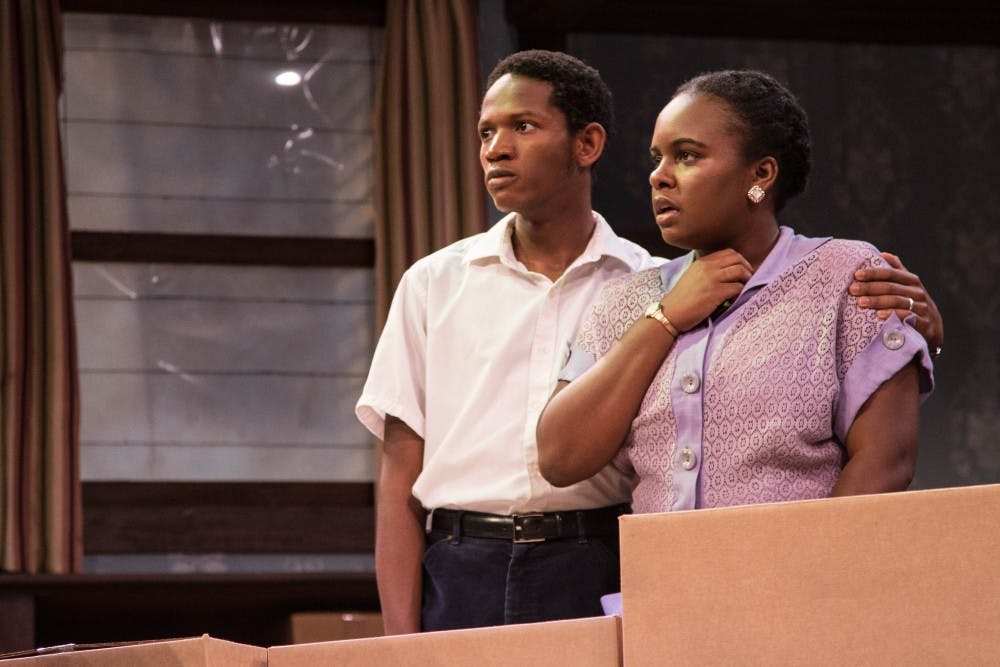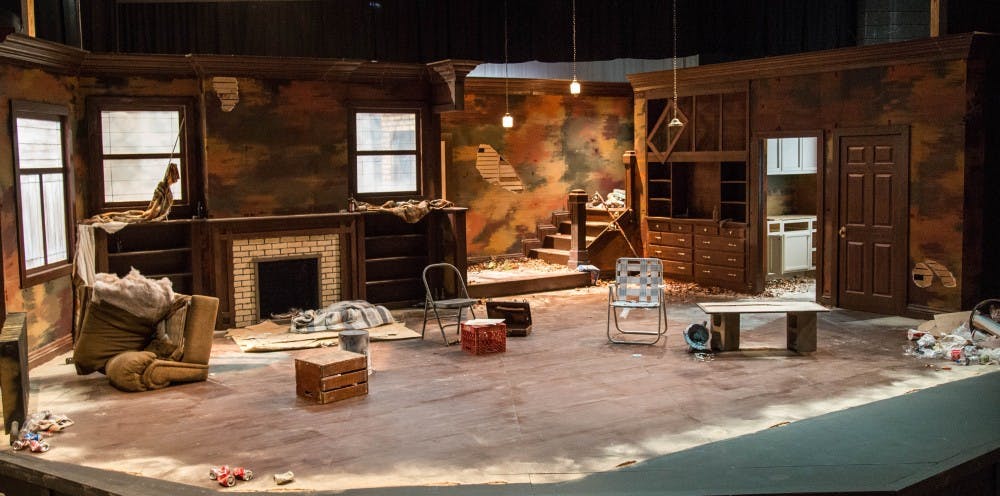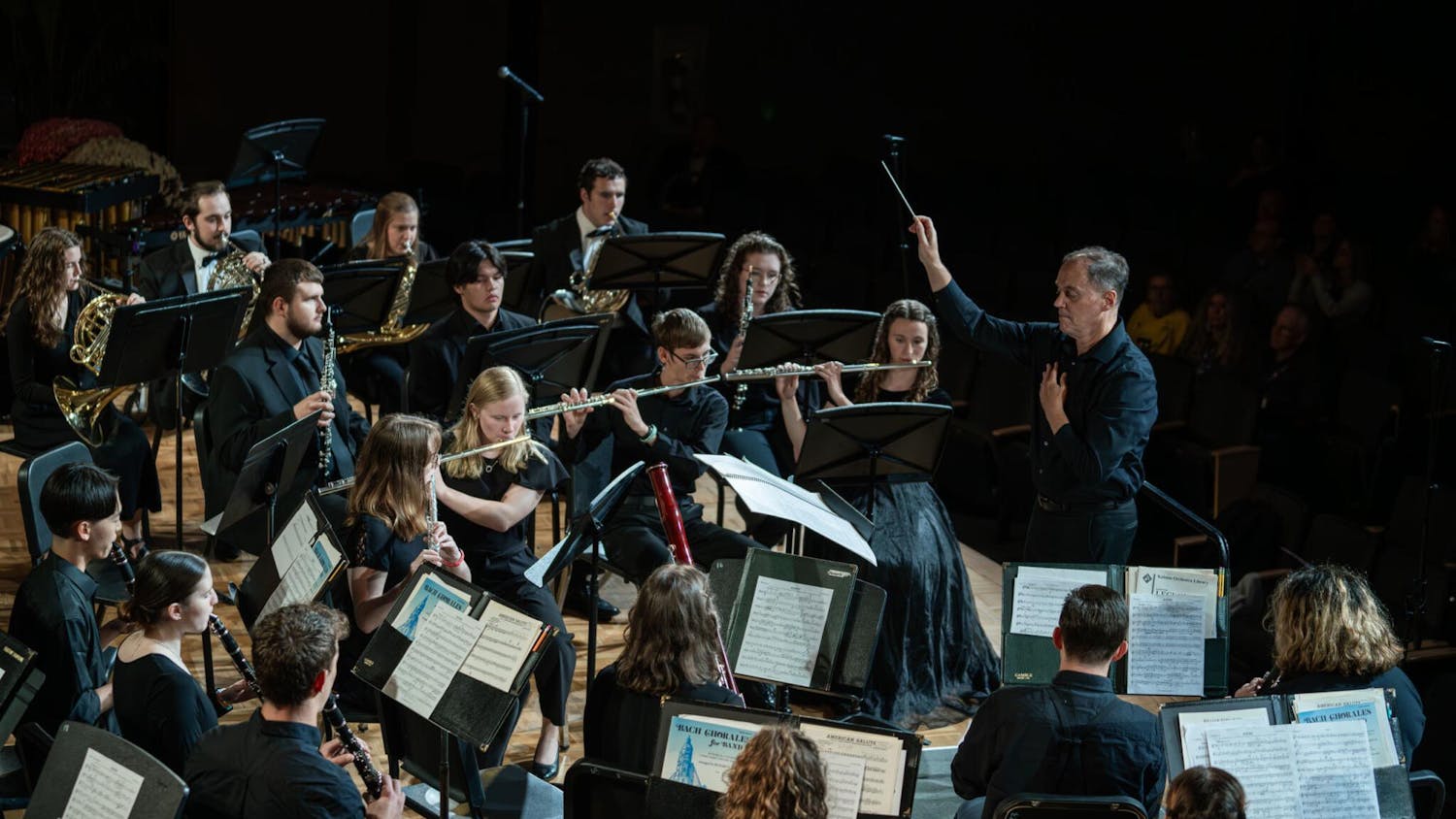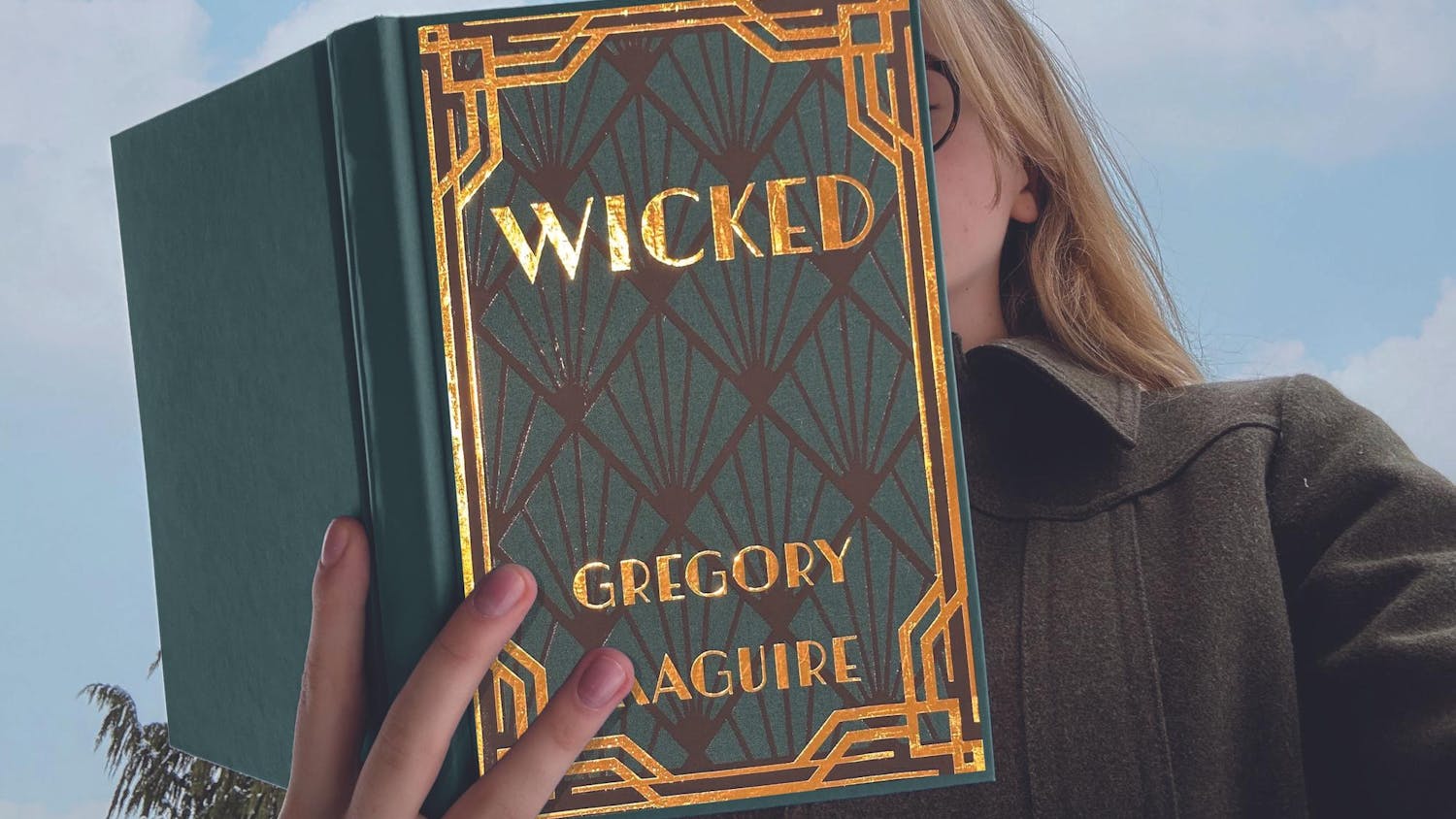
By Darah Shepherd | Contributor
"Clybourne Park," a play by Bruce Norris, was inspired by Lorraine Hansberry's play "A Raisin in the Sun" and by events in his own life.
When young, Norris and his family moved him from one neighborhood to another simply so he would not have to attend school with black students. The weight of this reality didn't occur to Norris until he was in the seventh grade and his teacher had the class watch the film version of "A Raisin in the Sun." Humorously, Norris realized the only role he would ever be able to play in Hansberry's show was Karl Lindner.
In response, "Clybourne Park" became an expansion of Lindner's character. Norris takes Lindner, who is leader of the white homeowners' association from Hansberry's play, and inserts him into the home of Russ and Bev, two middle-aged white folks living in his neighborhood.
Russ and Bev are the sellers of the house mentioned in "A Raisin in the Sun," a low-rise bungalow in the Chicago suburbs and an all-white neighborhood.
In "Raisin in the Sun", Lindner approaches the Youngers, the play's main characters - a black family - attempting to purchase Russ and Bev's home back from them. In response to frustration from the all-white neighborhood the Youngers are moving into. At first, the family refuses Lindner's offer, incredibly offended, but after some considerable economic hits, Walter Younger, Mama's son, calls Lindner back to agree to the deal.
The pivotal moment of "A Raisin in the Sun;" comes as Walter is faced with the prospect of either financial gain or a bold step toward racial reconciliation.
In this pivotal moment, Mama, the wise matriarch of the family, asks Walter what legacy he wants to leave for his son. This moment of truth spurs him into making the decision: they reject, once and for all, the offer from Lindner and decide to move into the house.
This is the scene where we move into "Clybourne Park." Linder and the community he represents', "whole way of life and everything they've ever worked for is threatened," ("A Raisin In the Sun" pg. 101).
In this moment of desperation, he goes to discuss the situation with Russ and Bev in an attempt to convince them to take illegal action against the home-purchasers. What unfolds is shocking, insightful and heartbreaking. Memories from Russ and Bev's past are resurfaced, and their house help, Francine, and her husband are pulled into a conversation that was most "unexpected." ("Clybourne Park"pg. 23).






